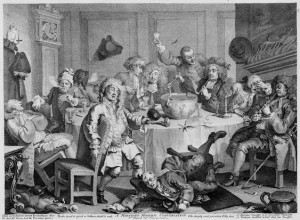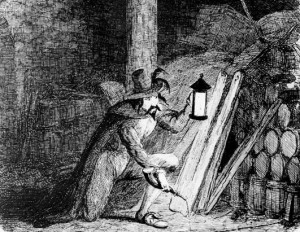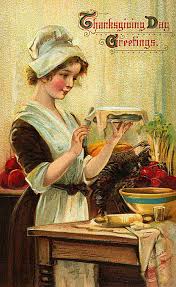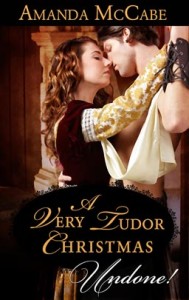I’m finishing up The Next Historical and as it turns out there’s boxing in this story. Which, to be honest, I should have known all along. First off, Bracebridge (the man who loved and lost Anne in Lord Ruin) was a man with a history of brawling as a young man. Thale, who also appeared in Lord Ruin, boxes and was often bruised as a result. [Insert author waffling about stuff] and so! There is boxing in this book.
Here’s the sum total of my boxing knowledge:
- Mohammed Ali was The Greatest
- Dolph Lundgren in Rocky was SMOKING hot.
- Rope-A-Dope
- Float like a Butterfly
- Mike Tyson bit off someone’s ear
- THE boxing establishment in the Regency was Gentleman Jack’s and men went there and did … boxing.
- My first Georgette Heyer ever was Regency Rake, which has the hero at some kind of boxing thingee.
- Sugar Ray Leonard: also SMOKING hot. And best nickname ever.
Even I know that’s not enough to inform a book.
To Google Books Advanced Search, Robin!
Yes, I am batman in this analogy. But awesomer.
Here’s a few things I’ve learned so far, subject to confirmation.
The actual fighting in boxing matches were referred to as battles. The men who boxed professionally were strong and fit. Some of them tremendously so. There were several Jewish boxers, referred to in terms we now find offensive. Many of the men weren’t particularly tall. Not so surprising since they came from the laboring class and, one presumes, were probably less likely to have the kind of nutrition and health that would put calories toward growing tall.
Not everyone agreed that pugilism was The Best Thing Ever. Witness these comments:
Arguments Upon Boxing Or Pugilism: Which Will Always be Proper for Perusal, So Long as the Brutal Practice of Boxing Shall Continue; But More Especially Applicable Now, as the Subject Has Just Been Discussed at the British Forum, No. 22, Piccadilly
William P. Russel
Yet in contempt of all law the brutal custom of pugilism is daily practised amongst us Even the magistracy itself is openly insulted by the previous notice of these murderous combats which is given in the public newspapers the editors of which by disgracing their columns with a disgusting minuteness of detail after the battle is over give a lamentable proof of their own vitiated taste and feelings and thus prostitute the liberty of the press to the great injury of the public morals Pugilism is a science which might have been very suitably displayed in a Roman amphitheatre before an assemblage of Heathen spectators but is surely a disgraceful practice in a christian country. The laws no doubt are sufficient to restrain these daring offenders against public order were there not a culpable remissness in enforcing them.
Footnote: The magistrates of the county of Cambridge very laudably passed certain resolutions at the last Christmas quarter sessions to prevent the disgraceful practice of prize fighting. Mr justice Grose in his charge to the grand jury at the last Lent assizes highly commended their conduct and called upon the public in general to assist them in their endeavours and observed that if after such notice any persons should abet such practices they would on conviction be liable to twelve months imprisonment.
Cambridge Chronicle March 19th 1808
A Concise View of the Constitution of England
By George Custance
Let no one however imagine that Pugilism has no influence upon courage. It is my firm belief that true courage is destroyed and a bastard feeling substituted by the Science of Defence. I do not mean to say that Pugilists are not daring and fearless, that they are not reckless of all personal danger but I assert that in them unsophisticated manhood is despoiled. True courage will always show itself in its exercise while it will invariably fly to the aid of the innocent and the injured it will never wantonly attack the defenceless. It is and must be otherwise with Boxers. Like that of a butcher it is the trade of a Pugilist to become ferocious.
Remarks on The Influence of Pugilism on Morals, Being the Substance of a Speech Delivered at the NEWCASTLE DEBATING SOCIETY on the Fourth of November 1824 BY WILLIAM VASEY
Keeping that in mind, here’s this:
This last method, much to our disgrace, is but too generally resorted to by the inhabitants of some of the counties in England, but boxing is there an art neither known nor understood; and, it is a singular and striking fact, that in every part of this kingdom where the manly system of pugilism is not practised, all personal disputes are decided by the exertion of a savage ferocity; and a fondness for barbarous sports is found predominantly to prevail.
Having then shewn, beyond the power of refutation, the superiority of Pugilism, and how strongly it stands entitled to advancement, in order to foster manly fortitude and vigour, can it possibly be doubted but that by the introduction of such a system, and the laws of honour by which it is regulated, the life of man would be more respected, barbarous propensities subdued, and our character rescued from the stigma of savage rudeness.
Pancratia, or, A history of pugilism
It is from such open and manly contests in England, my Lord, that the desperate and fatal effects of human passion are in a great measure, if not totally, prevented; the use of the poisonous draught shuddered at; secret revenge found to have no lurking place in the breast of a Briton; and the application of the dagger abhorred.
Boxiana: During the championship of Cribb, to Spring’s challenge to all England, by Pierce Egan
Suffice it to say, every period book (so far) on the subject goes to great pains to explain why boxing was wonderful despite the fact that it’s fighting. Which suggests to me several things; there were VERY strong opinions on the subject. The fact that there were laws against the practice suggests that the Boxing camp felt defensive– over and above the usual prose you see of the time. Because back then, you didn’t just say porridge was good for you. You had to write a treatise on the benefits porridge!
Yet, the laws were loosely enforced, and surely the sport’s popularity with the upper class is a reason. One account mentions how one of the combatants in a match disrupted by the authorities was taken up and heavily implied it was a disgrace that he wasn’t bailed out sooner than he was. From that, I deduce there was a code of honor; one did not let a boxer cool his heels in the hoosegow. If you had money, you bailed him out. That, too, stands to reason. You’re not going to get men to box professionally with that sort of risk.
Boxing was heavily class-ist. The great boxers weren’t noblemen, after all, they were men who labored. There are hints of gentlemen (“amateurs”) who fought at matches, but I’ve not (yet) found an account in which such as match is described blow-by-blow (literally, sometimes). There was also big money: From 10 pounds to over 1,000. The matches I’ve seen described, which were no doubt the ones worth recording, commonly had quite large stakes. The winner usually took 2/3’s, the loser the rest.
Very interesting reading.
 So I Googled “18th century punch”….
So I Googled “18th century punch”….



